When it comes to managing gout, the food you eat can play a huge role in keeping symptoms at bay. In particular, these 13 foods that trigger gout are known to raise uric acid levels in the body, which can lead to painful flare-ups. If you’ve dealt with that kind of pain before, you know avoiding those triggers is key to staying comfortable and active.
The tricky part is that many everyday foods can sneakily contribute to higher uric acid, making it easy to overlook what might be setting off your gout. Recognizing which foods to limit or cut out altogether can make a real difference in how you feel day-to-day.
Fortunately, once you’re aware of the foods that could trigger gout, you can start making smarter choices. By adjusting your diet and learning how to navigate around the potential triggers, you can manage your gout more effectively and enjoy a greater sense of control over your health.

Trout
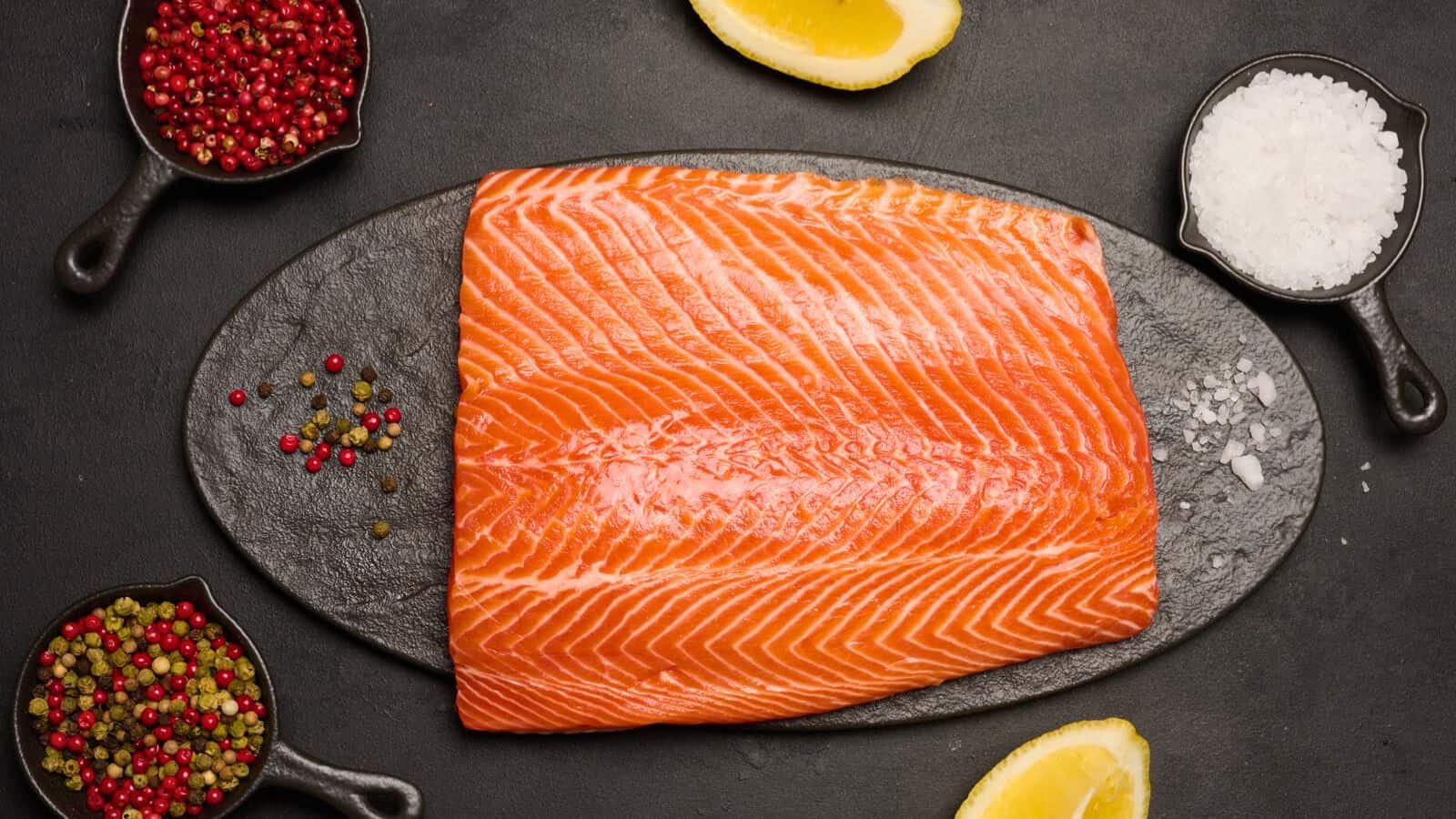
Trout, often considered a healthy fish choice, can be problematic for those with gout due to its purine content. While it is a good source of protein and essential fatty acids, its ability to raise uric acid levels makes it less ideal for individuals prone to gout flare-ups. Eating trout in moderation or choosing other fish with lower purine levels may help minimize the risk of gout attacks. For those managing their diet, it is important to weigh the benefits of trout's nutrients against its potential impact on gout.
Asparagus

A vegetable that can contribute to higher uric acid levels, asparagus is considered moderately high in purines. While it is a nutritious food that has vitamins and fiber, its purine content may trigger gout flare-ups in individuals who are sensitive. Eating asparagus in moderation, alongside other low-purine vegetables, can help reduce the risk of gout symptoms. Balancing the intake of purine-rich vegetables like asparagus with those lower in purines can help individuals manage their gout more effectively.
Seafood

Foods like sardines, anchovies, scallops, and mussels are recognized for their purine-rich content, which may elevate uric acid levels in those prone to gout. Although they are often promoted for their omega-3 fatty acids and protein, these types of seafood can aggravate joint pain when consumed excessively. People with gout are advised to limit or avoid these particular seafood items to minimize flare-ups. Opting for other protein sources or low-purine fish may reduce the risk of triggering symptoms and help maintain a healthy balance.
Shellfish
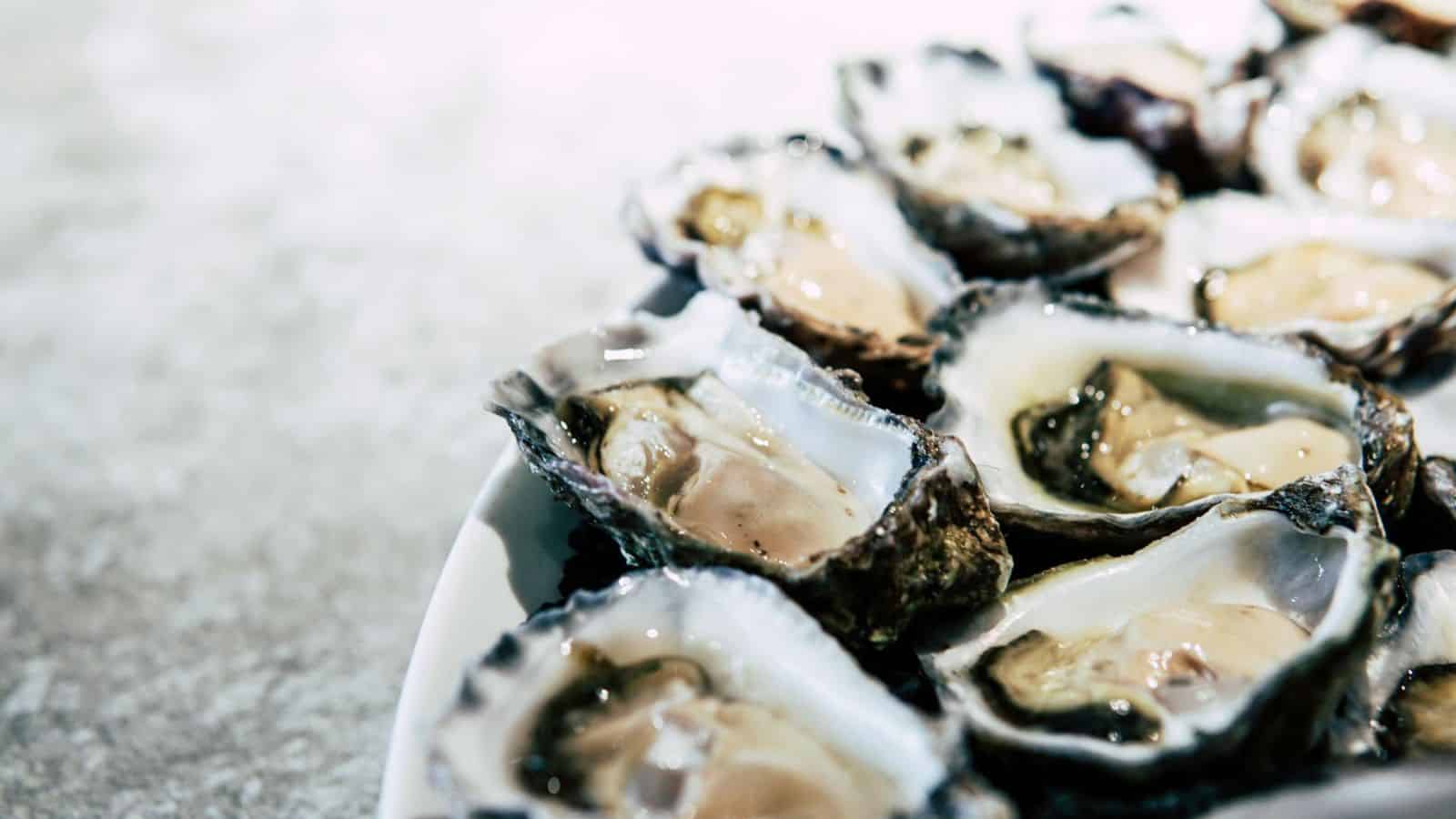
Shellfish, including shrimp, crab, oyster, and lobster, can quickly increase purine levels in the body, leading to higher uric acid and potential gout flare-ups. These crustaceans, while popular for their flavor and considered delicacies, pose a particular risk to those managing gout. Eating shellfish frequently or in large amounts can trigger joint inflammation, causing discomfort and pain. To prevent exacerbation of symptoms, individuals prone to gout are often advised to moderate shellfish intake and be cautious about portion sizes in their diet.
Mushrooms
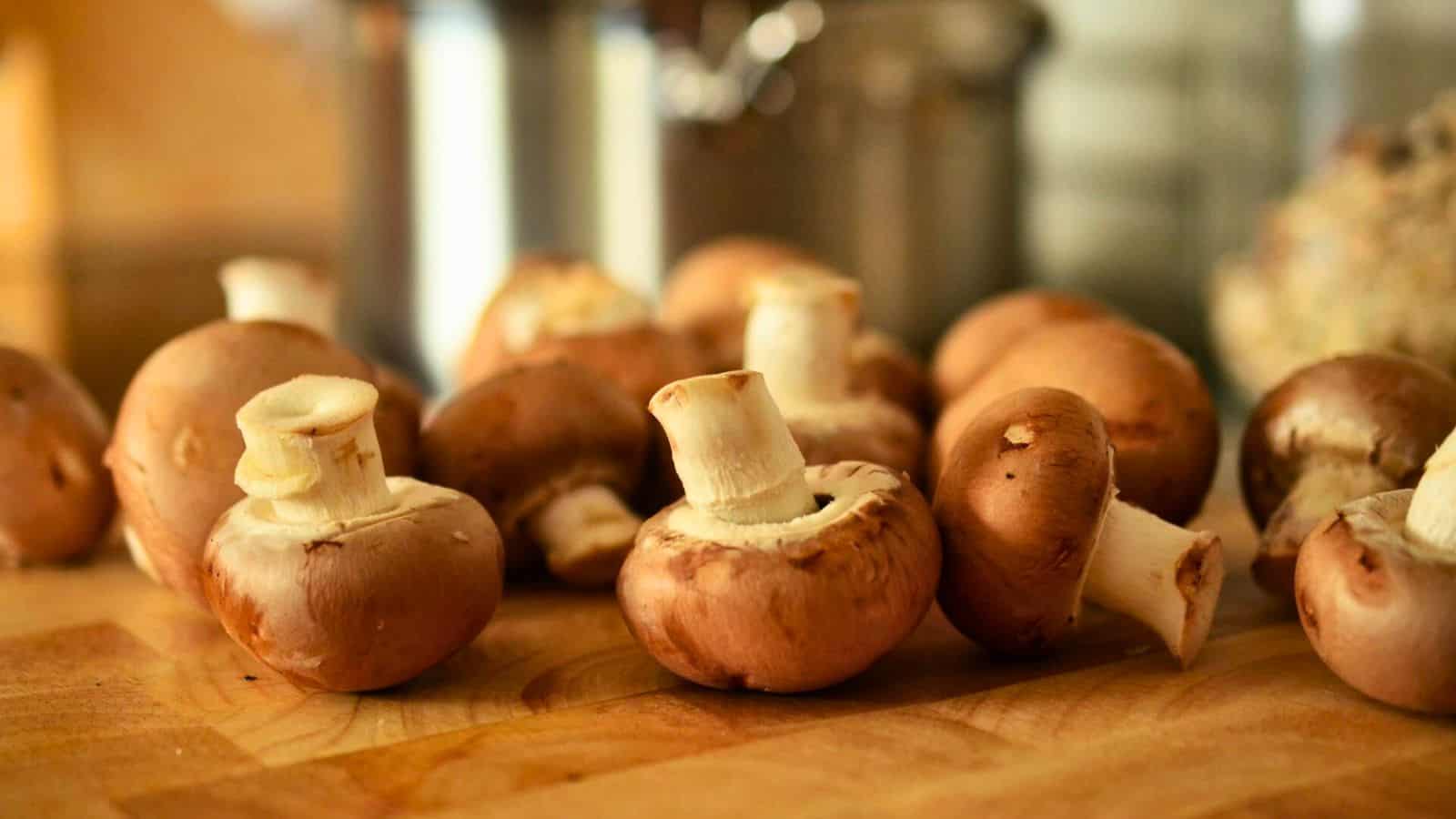
Mushrooms are another vegetable that, while nutritious, contains moderate purine levels, which may lead to increased uric acid production. For individuals managing gout, frequent consumption of mushrooms could trigger joint inflammation and discomfort. Despite being a good source of vitamins and minerals, mushrooms are best consumed in moderation by those prone to gout. Reducing their intake while incorporating other low-purine vegetables can help maintain healthy uric acid levels and prevent potential flare-ups associated with gout.
Spinach
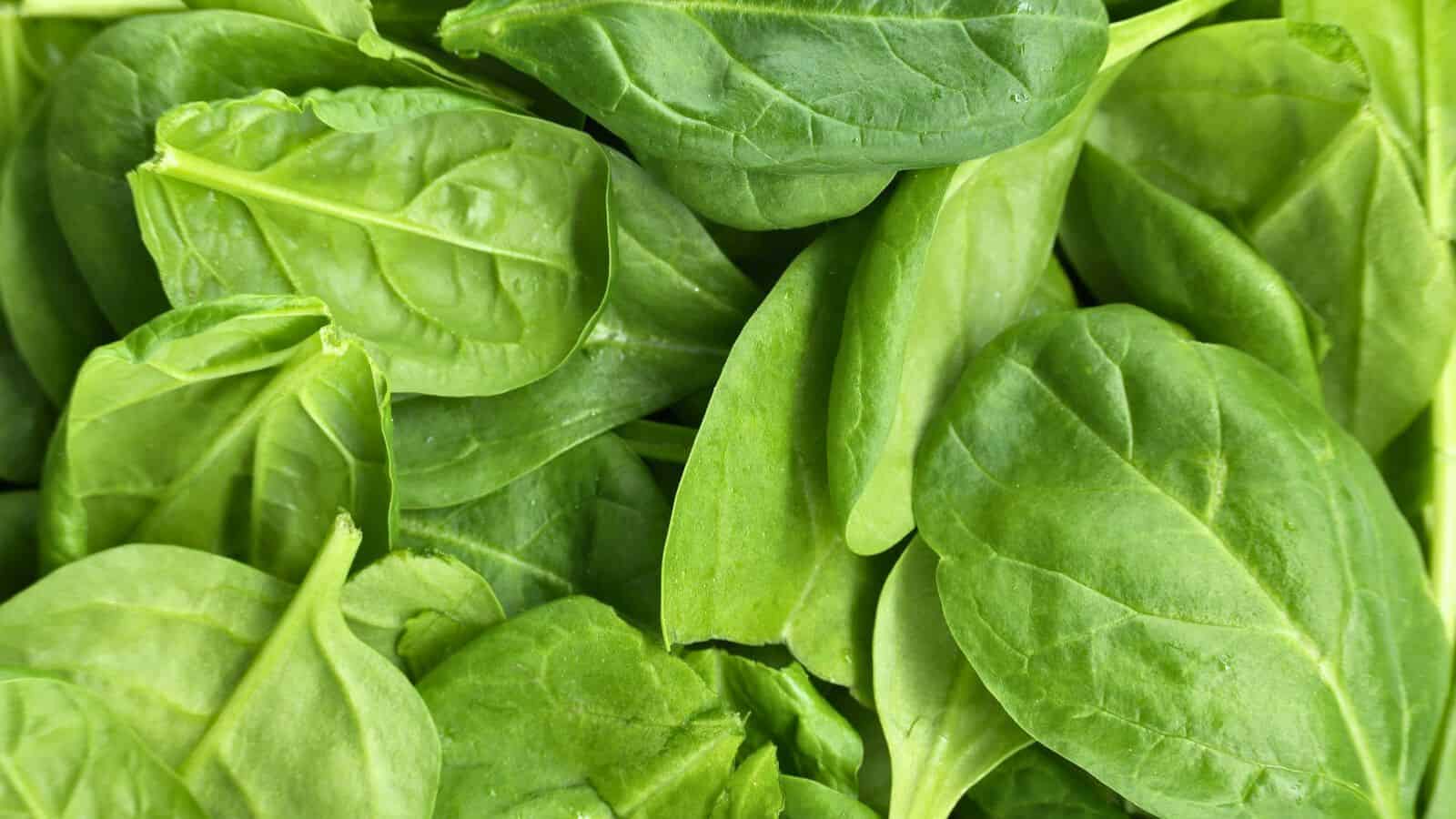
Spinach, while packed with nutrients like iron and vitamins, contains a moderate amount of purines that can contribute to an increase in uric acid levels. Individuals prone to gout may experience flare-ups when consuming spinach frequently or in large quantities. Incorporating spinach in moderation within a balanced diet is generally a good approach to avoid exacerbating symptoms. It’s important for those with gout to remain cautious of their vegetable choices, favoring those with lower purine content to help manage the condition.
Organ Meats

Packed with nutrients, organ meats such as liver, kidneys, and heart contain extremely high purine levels. These meats can quickly increase uric acid in the bloodstream, leading to potential gout flare-ups. Despite being valued for their vitamin content, particularly B vitamins and iron, organ meats pose a significant risk for those susceptible to gout. Regular consumption can increase inflammation and worsen the condition. Reducing or eliminating organ meats from your diet may help maintain lower uric acid levels and prevent flare-ups.
Yeast
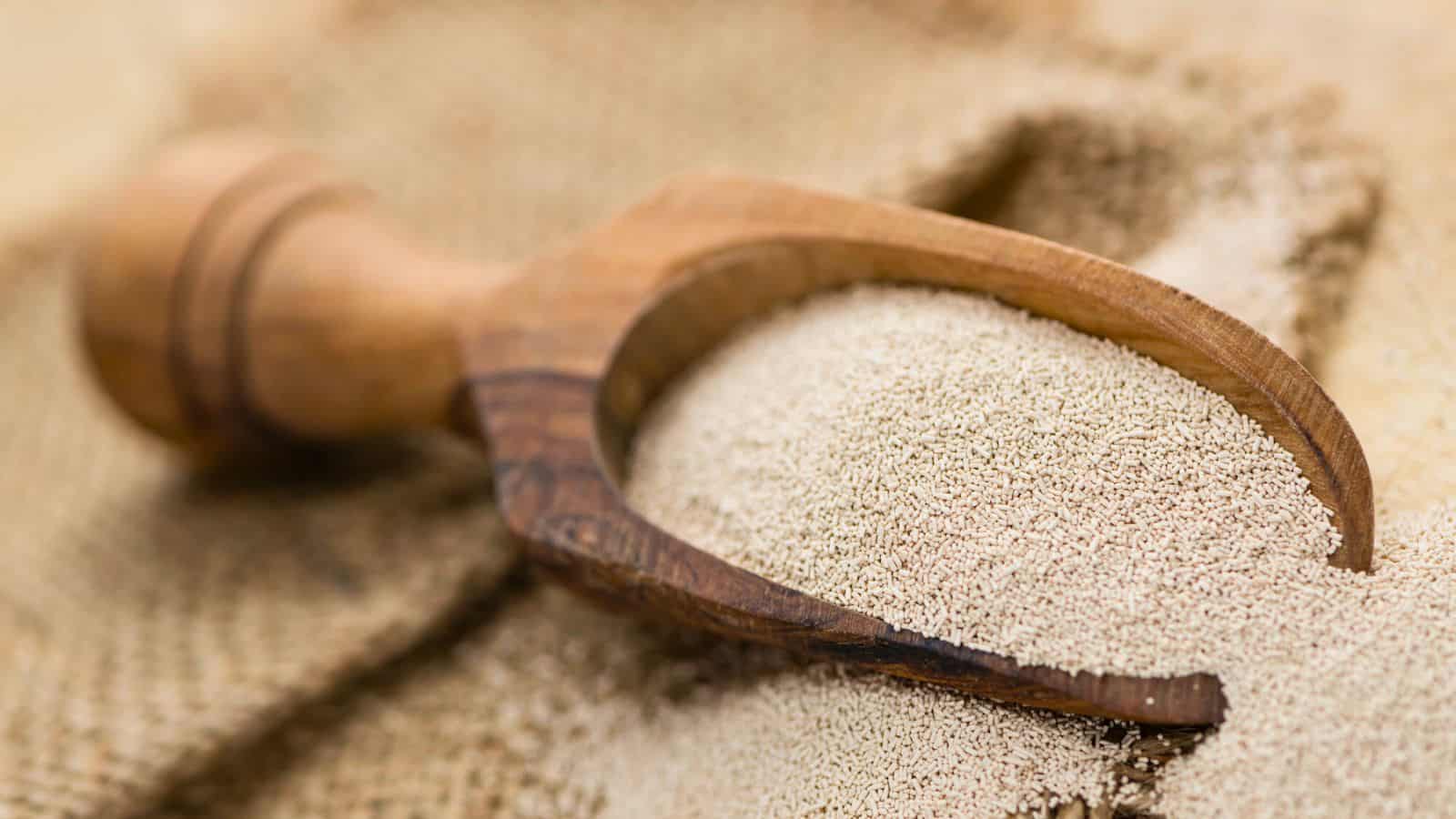
Foods and beverages containing yeast, such as beer or certain supplements, are known to contain purines, which can increase uric acid levels and trigger gout flare-ups. Brewer’s yeast in particular has a high purine content. For those at risk of gout, reducing the consumption of products that use yeast is advisable. In addition to beer, yeast is also present in some breads and baked goods, though to a lesser extent. Monitoring intake can help prevent joint pain and inflammation associated with the buildup of uric acid.
Certain Nuts
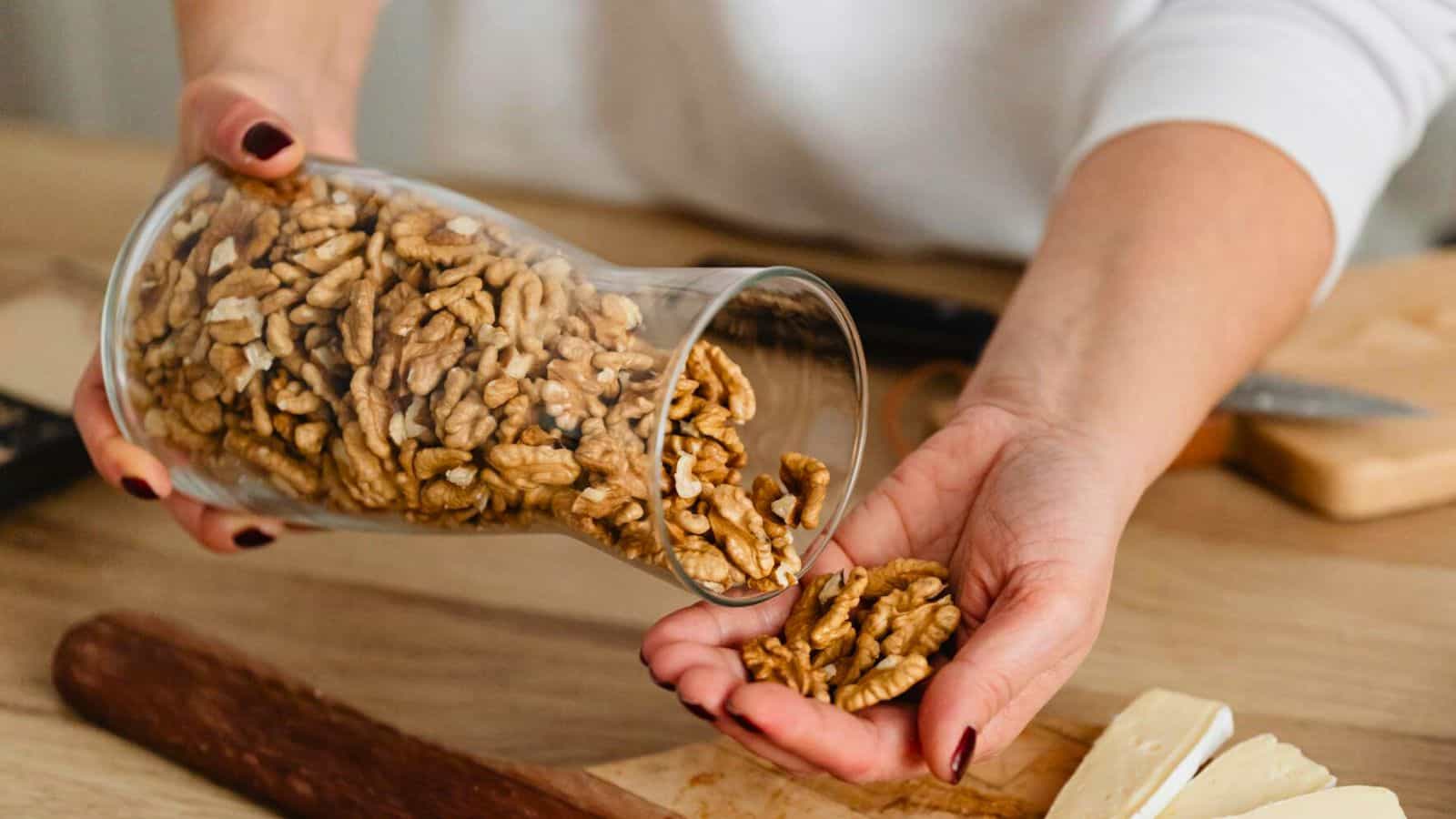
Certain nuts, such as almonds, walnuts, and pistachios, are nutrient-dense snacks packed with healthy fats, proteins, and essential vitamins. They serve as excellent sources of energy and can be eaten raw or roasted. Often incorporated into salads, granola, or trail mixes, these nuts offer a crunchy texture and a rich flavor. Additionally, they contain antioxidants that may support heart health and overall well-being. Due to their high-caloric content, moderation is key when including them in a diet. Incorporating a variety of nuts can enhance meals and provide diverse health benefits.
Red Meat
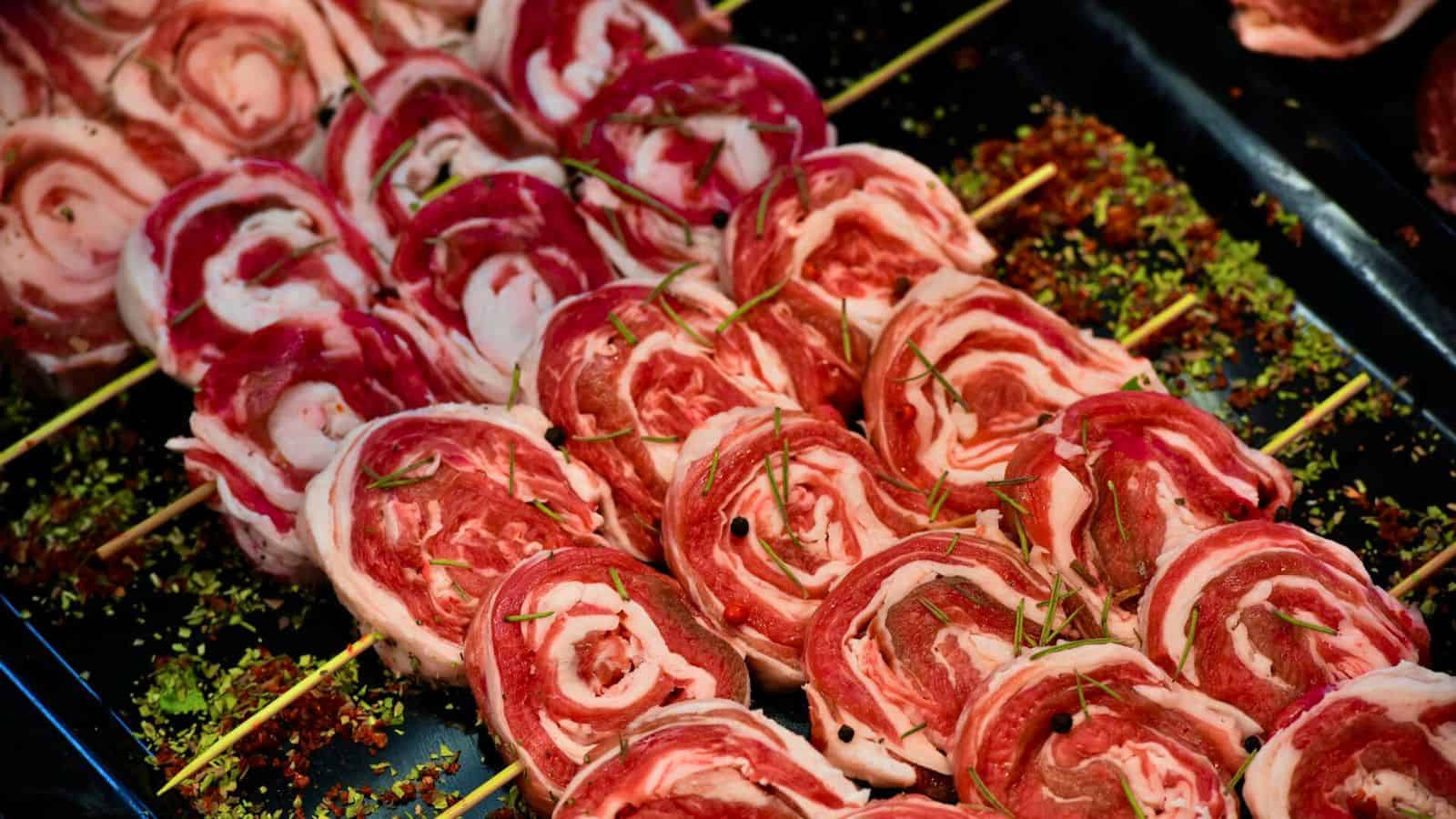
Known for its rich protein content, red meat such as beef, lamb, and pork contains high levels of purines, which can contribute to elevated uric acid levels. For those with gout, limiting red meat intake can be essential as it may trigger flare-ups. While a source of essential nutrients like iron and zinc, excessive consumption can put stress on the body’s ability to process uric acid, leading to joint inflammation and pain. Incorporating alternatives or reducing portion sizes may help manage the symptoms of this painful condition.
Tuna

A high-purine fish, tuna is often highlighted as a food to avoid for those susceptible to gout. Its purine content can increase uric acid production, potentially leading to painful joint inflammation. Tuna is commonly consumed for its protein and omega-3 fatty acids, but for people with gout, limiting its intake is recommended. Consuming it in smaller portions or opting for other, lower-purine fish can help mitigate the risk of triggering a flare-up. Managing portion control is key to maintaining balanced uric acid levels.
Herring
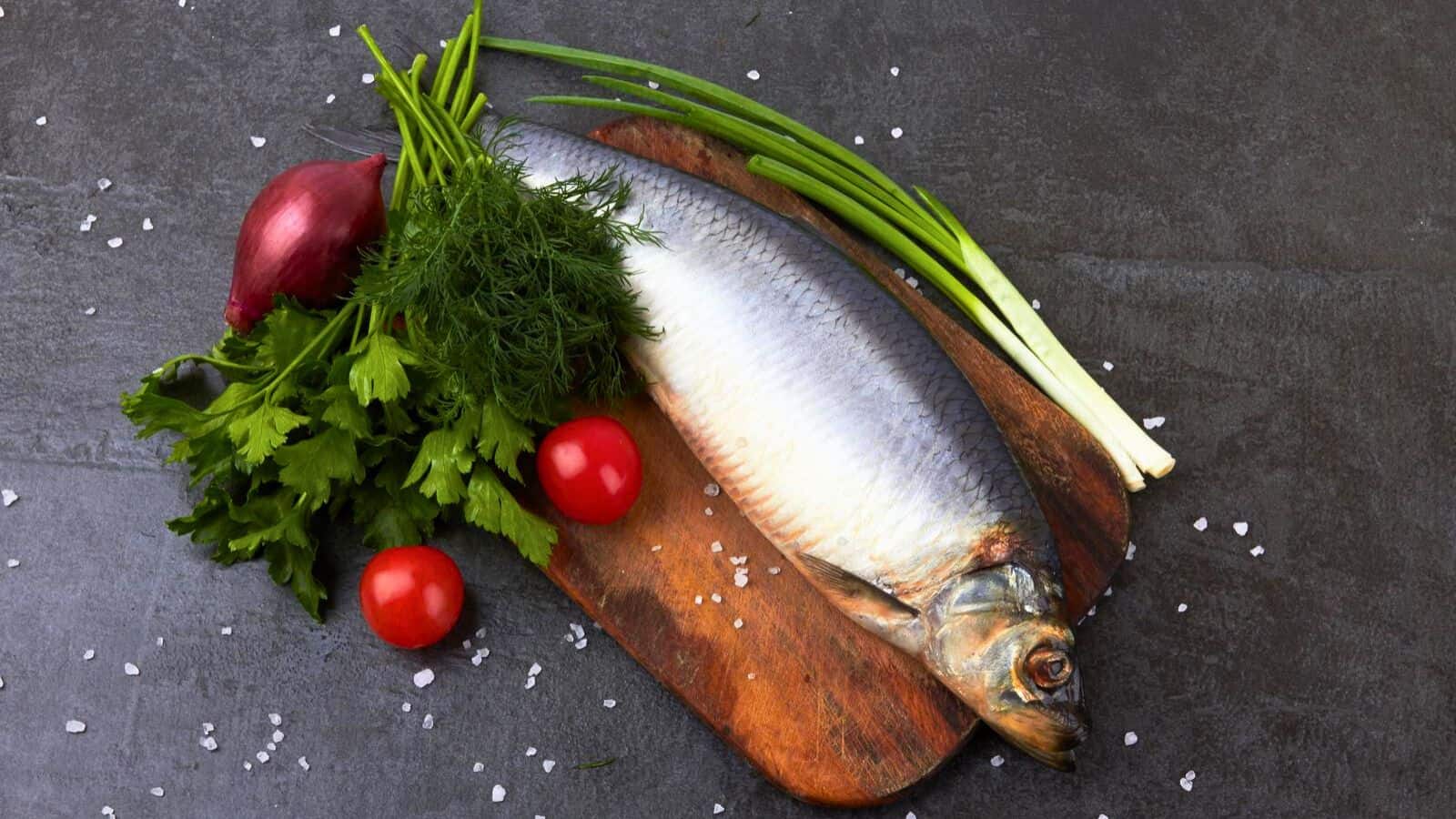
Herring contains some of the highest purine levels among fish, making it a common trigger for gout attacks. Though it is rich in omega-3s and healthy fats, its purine concentration poses a challenge for individuals with gout, as it can lead to a sharp increase in uric acid. Regular consumption can elevate the risk of painful joint inflammation. People managing gout are often advised to avoid herring and look for alternative sources of omega-3s that do not raise uric acid levels as significantly.
Dried Beans and Peas
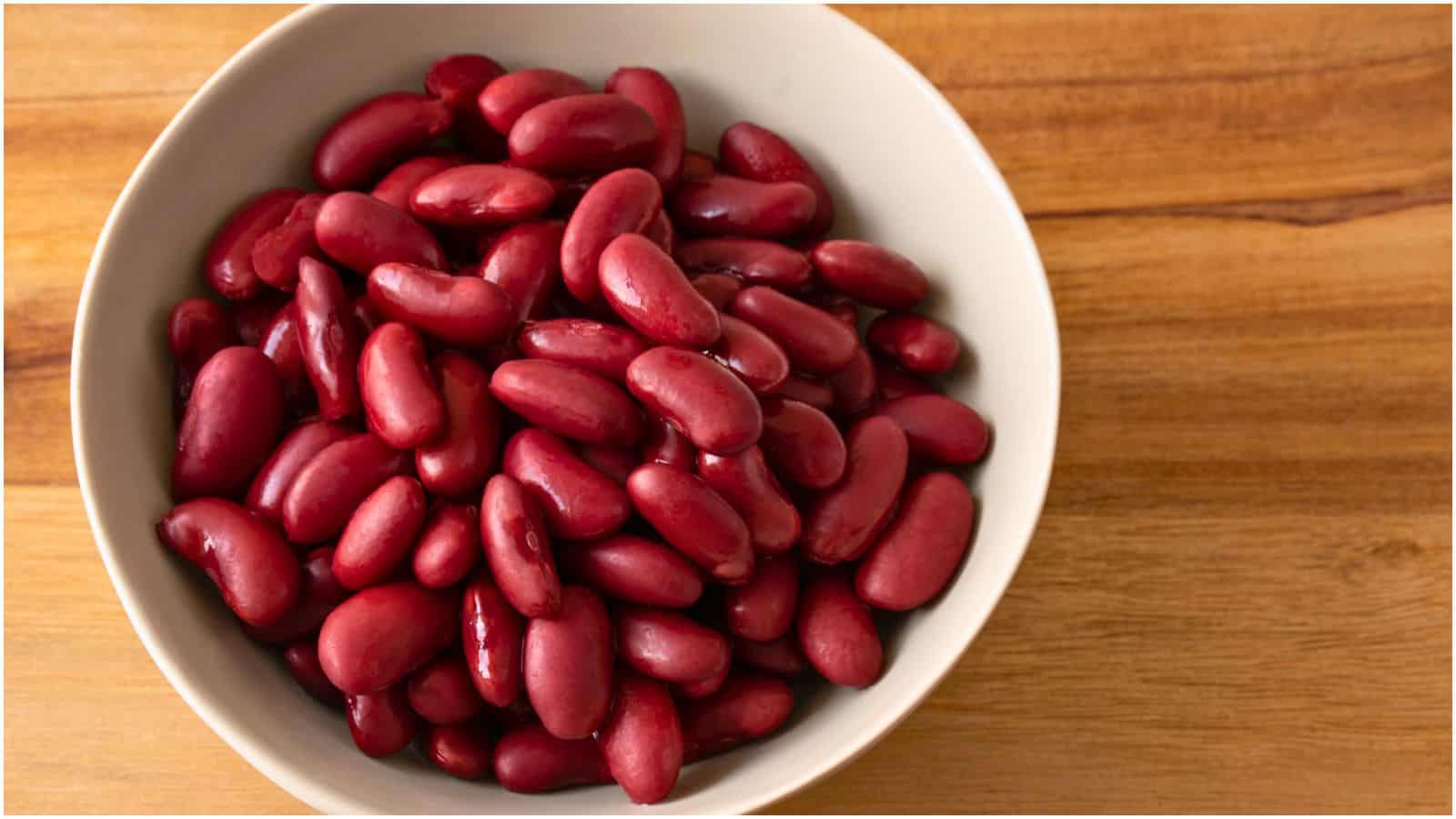
Dried beans and peas are versatile legumes that come in various shapes and sizes, including kidney beans, black beans, lentils, and chickpeas. They are rich in protein, fiber, vitamins, and minerals, making them an excellent addition to many dishes. Often used in soups, stews, salads, or as side dishes, they require soaking or cooking to enhance digestibility. Their dense texture allows them to absorb flavors from seasonings and other ingredients. These legumes are typically low in fat and can contribute to a balanced diet when incorporated thoughtfully into meals.
Less Uric to Make Your Life Terrific

Managing gout through your diet doesn’t have to feel overwhelming. By paying attention to the foods that could trigger a flare-up, you’re already taking a great step toward preventing those painful episodes. The more mindful you are about what goes into your meals, the easier it becomes to avoid discomfort and keep your joints feeling good.
Remember, it’s not about cutting out everything you enjoy—just about finding a balance that works for you. Small adjustments, like limiting high-purine foods and staying hydrated, can go a long way. Over time, you’ll get a clearer sense of what your body reacts to and how to keep things under control.
Taking charge of your diet can give you a sense of relief and confidence in managing gout. Armed with the knowledge of what to avoid, you can enjoy meals that leave you feeling great without the worry of triggering an attack. It’s all about making informed choices and sticking to habits that keep you healthy.



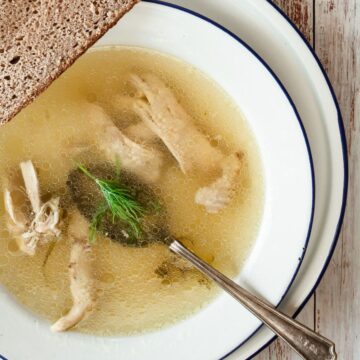


Tell Me What You Think!